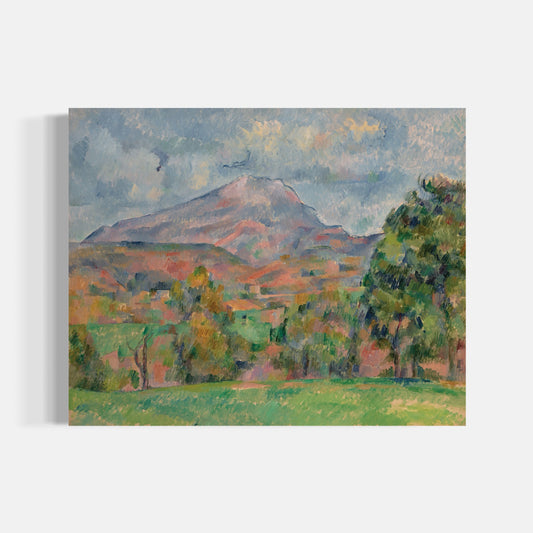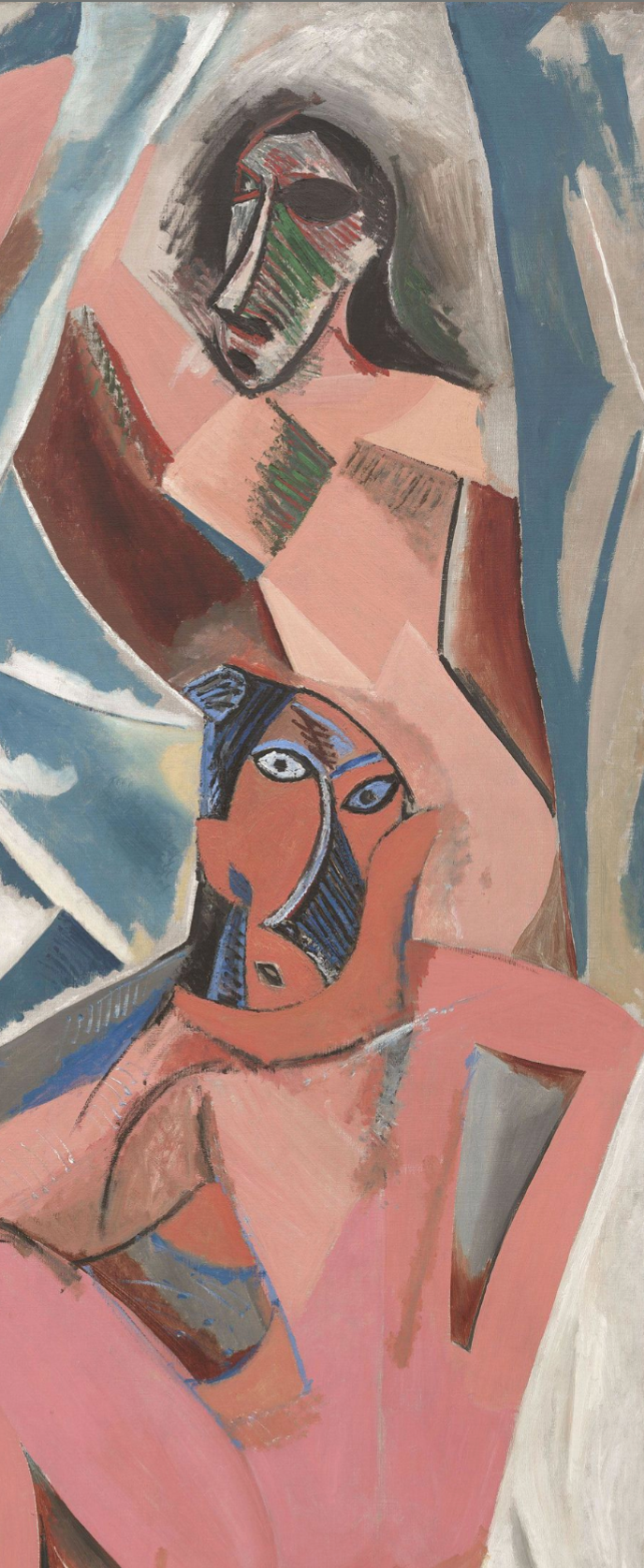
Cubism
Era: 1910 - 1925
Cubism is a revolutionary artistic movement of the early 20th century, initiated by Pablo Picasso and Georges Braque. This style is characterized by the decomposition of objects and shapes into fragmented geometries, often represented simultaneously from different angles. Cubism rejects traditional perspective and realistic representation, favoring a more abstract and intellectual view of reality.
Cubism is divided into two main phases: analytical Cubism and synthetic Cubism. Analytical Cubism (1907-1912) focused on deconstructing objects into complex, monochromatic geometric shapes, creating almost abstract compositions. Works like Picasso’s “Les Demoiselles d’Avignon” illustrate this approach, where human forms are reduced to angular facets.
Synthetic Cubism (1912-1914) introduced more colorful elements and collages, incorporating materials like newspapers and wallpaper into the works. This phase aims to reconstruct objects in a more recognizable way while retaining an abstract sensibility.
Cubism profoundly influenced modern art, inspiring later movements such as Futurism, Constructivism and Surrealism.
In summary, Cubism is a bold exploration of form and perspective, seeking to represent reality in a multidimensional way and to challenge established artistic conventions.
Remarkable Artwork
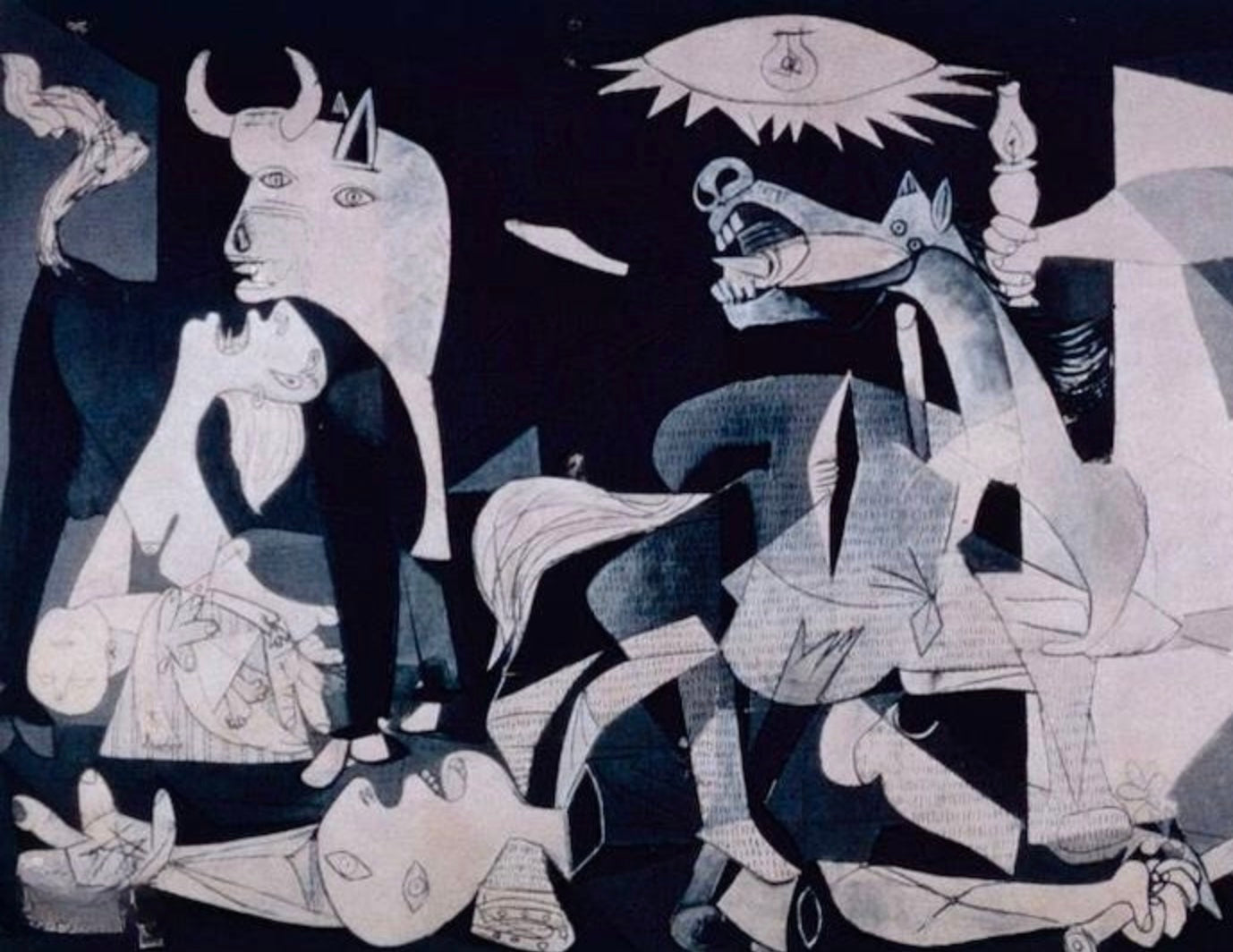
Guernica
Pablo Picasso
Year of creation: 1937
Estimated Market Value: Priceless
Original Format: 349 x 776 cm
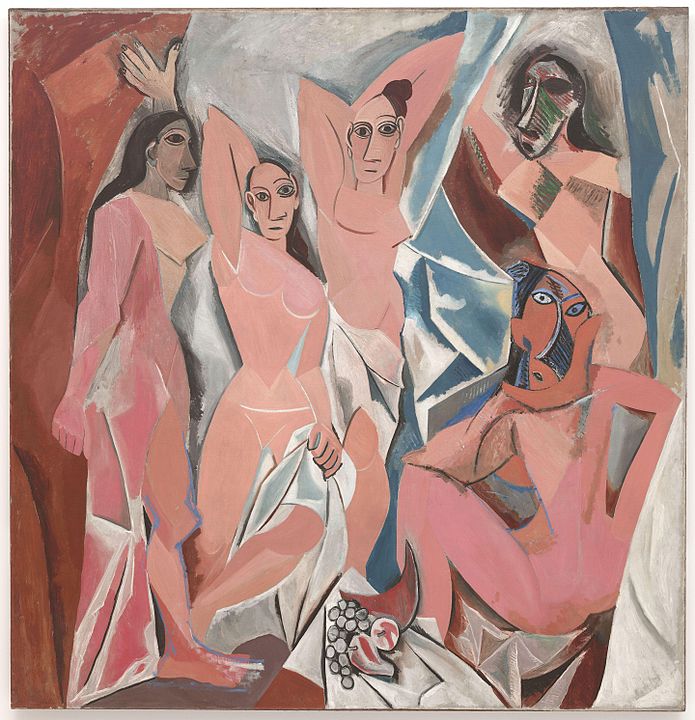
The Young Ladies of Avignon
Pablo Picasso
Year of creation: 1907
Estimated Market Value: Priceless
Original Format: 243,9 x 233,7 cm
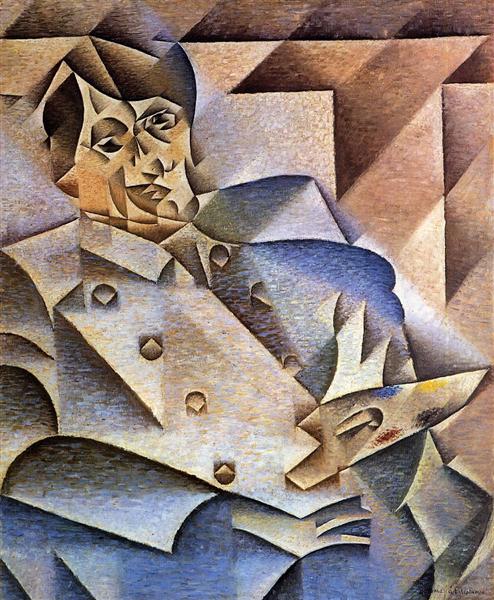
Portrait of Pablo Picasso
Juan Gris
Year of creation: 1912
Estimated Market Value: 10 M$
Original Format: 65 x 54 cm
Available to Purchase
-
Mont Sainte Victoire
Regular price From $235.00 CADRegular priceUnit price / per


